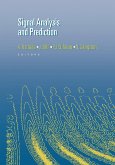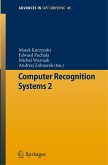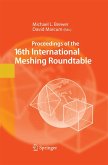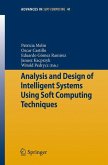Everyonelovesagoodcompetition. AsIwritethis,twobillionfansareeagerly anticipating the 2006 World Cup. Meanwhile, a fan base that is somewhat smaller (but presumably includes you, dear reader) is equally eager to read all about the results of the NIPS 2003 Feature Selection Challenge, contained herein. Fans of Radford Neal and Jianguo Zhang (or of Bayesian neural n- works and Dirichlet di?usion trees) are gloating "I told you so" and looking forproofthattheirwinwasnota?uke. Butthematterisbynomeanssettled, and fans of SVMs are shouting "wait 'til next year!" You know this book is a bit more edgy than your standard academic treatise as soon as you see the dedication: "To our friends and foes. " Competition breeds improvement. Fifty years ago, the champion in 100m butter?yswimmingwas22percentslowerthantoday'schampion;thewomen's marathon champion from just 30 years ago was 26 percent slower. Who knows how much better our machine learning algorithms would be today if Turing in 1950 hadproposed an e?ective competition rather than his elusive Test? But what makes an e?ective competition? The ?eld of Speech Recognition hashadNIST-runcompetitionssince1988;errorrateshavebeenreducedbya factorofthreeormore,butthe?eldhasnotyethadtheimpactexpectedofit. Information Retrieval has had its TREC competition since 1992; progress has been steady and refugees from the competition have played important roles in the hundred-billion-dollar search industry. Robotics has had the DARPA Grand Challenge for only two years, but in that time we have seen the results go from complete failure to resounding success (although it may have helped that the second year's course was somewhat easier than the ?rst's).
Bitte wählen Sie Ihr Anliegen aus.
Rechnungen
Retourenschein anfordern
Bestellstatus
Storno








